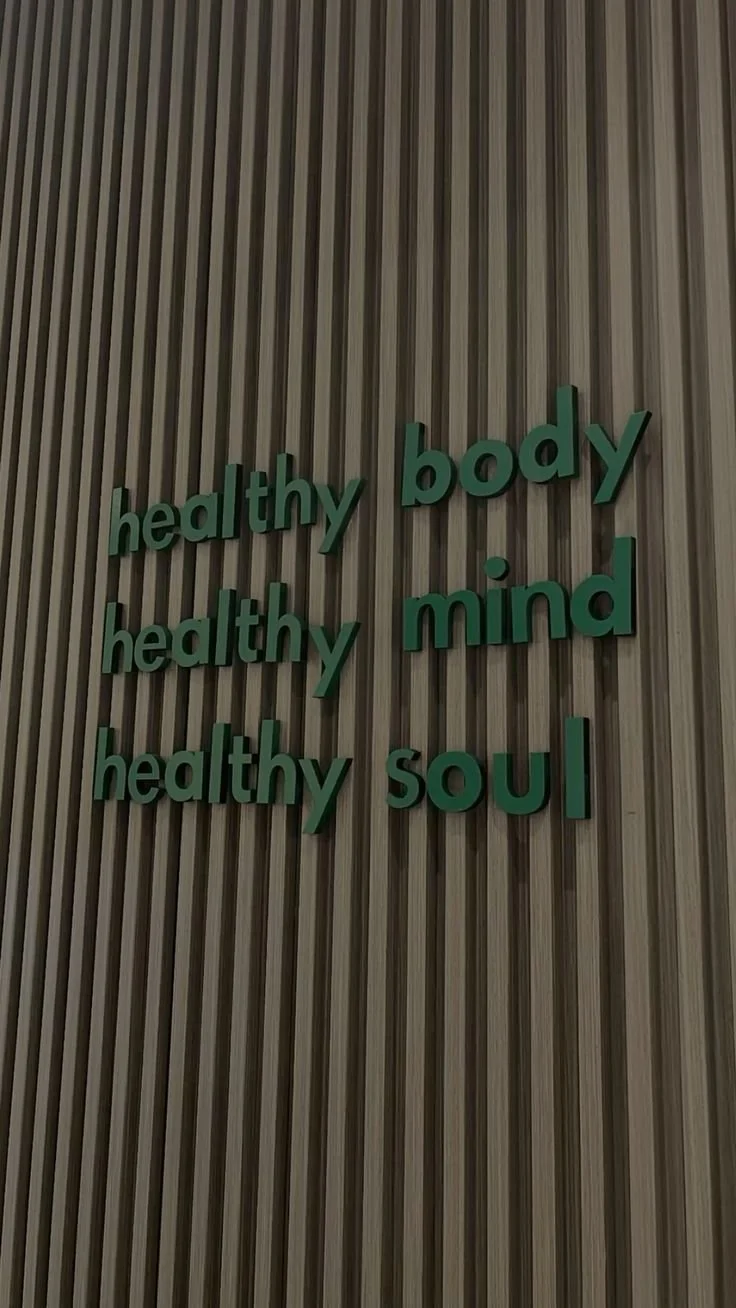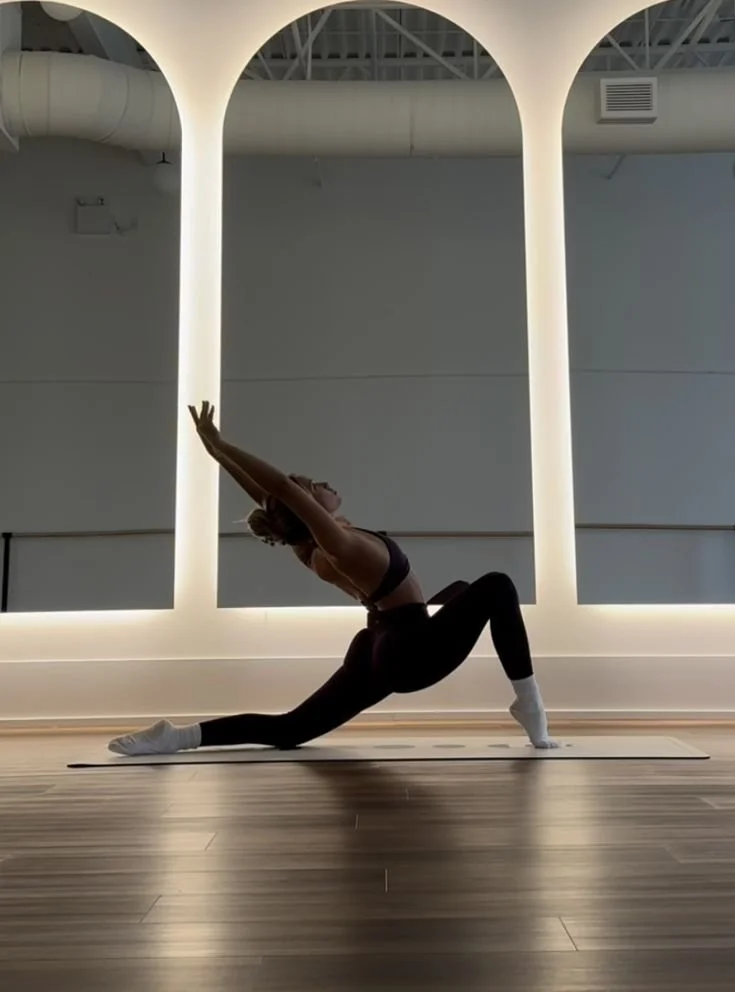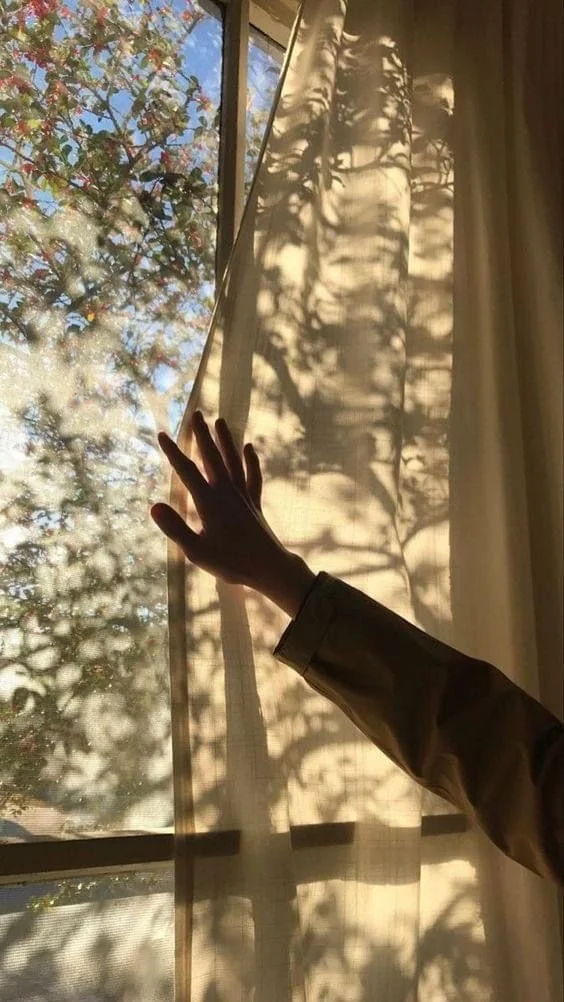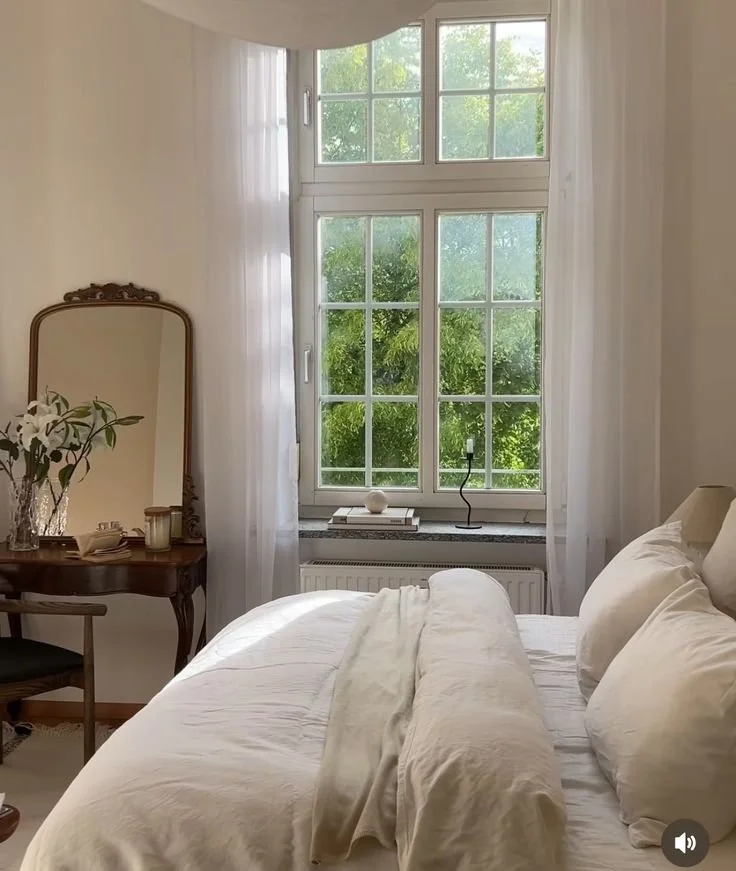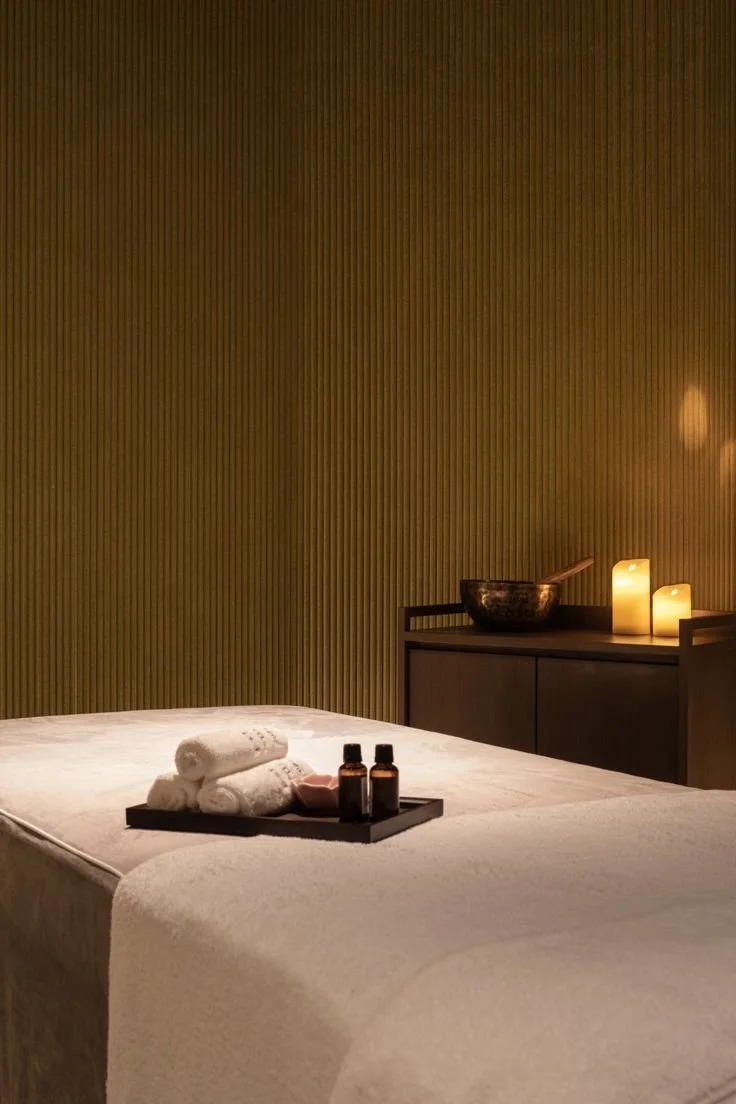The Science Behind CBT For Anxiety
Have you ever been on a roller coaster, felt your stomach drop, and thought, "Why did I get on this thing?" Anxiety can feel a lot like that—a whirlwind of emotions and thoughts that flip your world upside down. But fear not, for the science of Cognitive Behavioral Therapy (CBT) is here to give you a metaphorical seatbelt. It’s not magic, but it sure comes close!
CBT is one of the most researched therapies for anxiety, and there's a good reason why. It's practical, it works relatively quickly, and it empowers you with tools to handle life’s constant loop-de-loops.
Whether you're dealing with the occasional case of jitters or wrestling a full-blown anxiety monster, in this article, we discuss how CBT offers a well-trodden path toward calm.
No. 1
What Exactly is CBT?
Before we go any further, let's get one thing straight. CBT isn’t just an acronym you throw around at parties to sound smart. It's a structured, goal-oriented therapy that focuses on changing unhelpful thinking patterns and behaviors. Think of it as a brain gym; you’re doing mental squats to build resilience.
CBT was developed in the 1960s by Dr. Aaron Beck, a psychiatrist who realized that our thoughts, feelings, and behaviors are all interconnected. He figured out that by tweaking one, you could impact the others.
Fast forward to today, and CBT is one of the most popular therapeutic approaches for anxiety—and it’s not just because therapists love a good acronym. At its core, CBT for anxiety helps you identify and challenge irrational thoughts (cognitive distortions), and replace them with more balanced ones. The goal isn’t to turn you into an eternal optimist but to help you view life with a more realistic lens.
No. 2
How Does CBT Tackle Anxiety?
If anxiety were a video game boss, CBT would be your strategy guide. It doesn’t fight the battle for you but gives you the tools to win. Here’s how it breaks it down:
Thought Records: Ever had a thought that spiraled into a catastrophic scenario? Thought records help you pinpoint these thoughts and analyze them. Is that worst-case scenario likely to happen? Probably not, and CBT helps you see that.
Exposure Therapy: This isn’t as scary as it sounds. Exposure therapy involves gradually facing your fears in a controlled, supportive environment. It's like building a tolerance to spicy food; you start mild and work your way up to ghost peppers.
Behavioral Experiments: These turn you into a mini-scientist, testing the reality of your anxious predictions. Spoiler alert—most of our fears are unfounded. Behavioral experiments show this in action, reducing your anxiety in the process.
No. 3
The Brainy Benefits of CBT
You might be wondering, “Why CBT?” The answer lies in its neurological benefits. It’s like taking your mind to the spa, where it gets a refreshing massage and some much-needed R&R.
Studies have shown that CBT can actually change the way your brain processes fear and worry. Through regular practice, CBT strengthens neural pathways associated with rational thought and weakens those linked with anxiety. Think of it as reprogramming your brain’s GPS to avoid panic junctions and detour to calmness avenue.
Not to mention, CBT is efficient. You’re not signing up for years of therapy. Many people see significant improvements in just 12 to 20 sessions. It’s the fast-food equivalent of therapy—only healthier and without the greasy aftermath.
Headspace
Headspace helps you create life-changing habits through actionable tools to support your mental health and find a healthier, happier you.
No. 4
Side Effects May Include Empowerment
Unlike medication, CBT doesn’t come with a list of side effects that sound worse than the anxiety itself. Instead, it gives you newfound confidence and self-awareness. Imagine standing on solid ground during an earthquake—that’s the power of CBT.
One of the most beautiful outcomes of CBT is its lasting impact. Once you’ve mastered the techniques, they become lifelong tools. Whether it’s preparing for a nerve-wracking job interview or dealing with holiday stress, you’re equipped and ready.
No. 5
Common CBT Techniques You Can Start Today
Ready to dip your toes into the CBT pool? Here are a few exercises to get you started:
Journaling: Write down your anxious thoughts. This simple act can help you see patterns and triggers, allowing you to tackle them proactively.
The Five Whys: When you catch yourself worrying, ask “Why?” five times. This can help uncover the root of your anxiety, turning a tangled mess into a clear line of reasoning.
Mindfulness Meditation: Spend a few minutes focusing on your breath. This can ground you in the present moment, helping you break free from anxiety’s grip.
No. 6
Real Talk: CBT Isn’t a Cure-All
It’s worth mentioning that CBT isn’t a one-size-fits-all solution. While many find it incredibly effective, others may require additional support, such as medication or other therapeutic approaches. And that’s okay! Mental health is a personal journey, and it’s important to find what works best for you.
Takeaways
In the end, CBT is like a trusty toolkit for anxiety. It doesn’t promise to eliminate stress entirely, but it certainly makes it more manageable. By understanding the science behind CBT and applying its principles, you’re taking a proactive step towards living a more balanced, anxiety-free life.
Looking for Wellness Resources?
Are you looking to enhance your wellness routine? Explore our wellness partners who offer a wide range of resources to support your journey toward holistic living and well-being.













